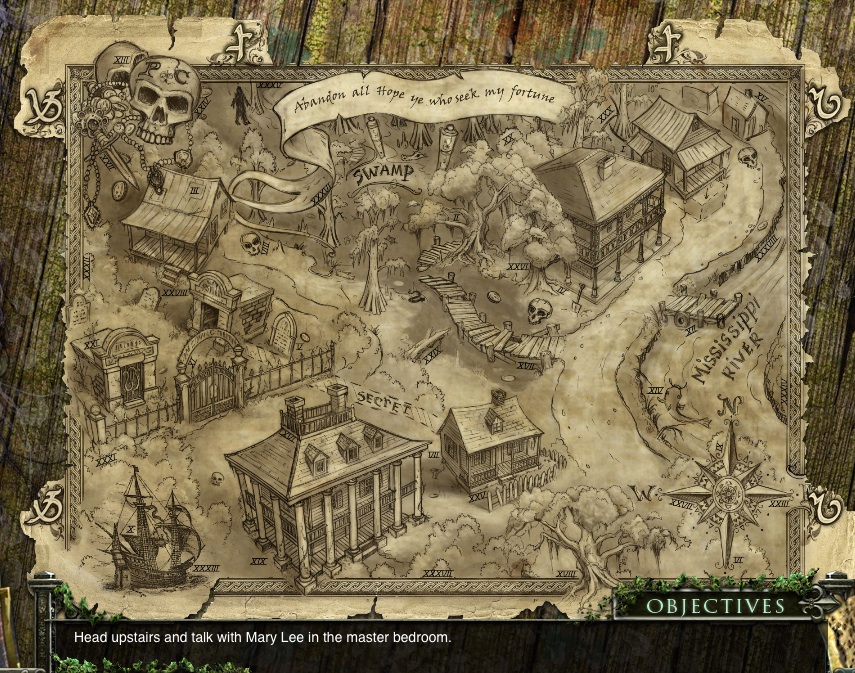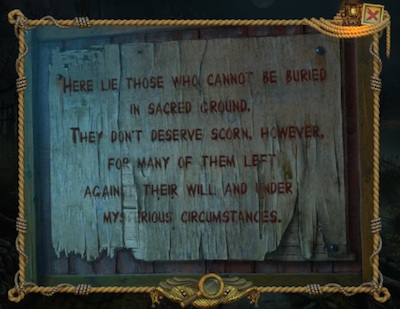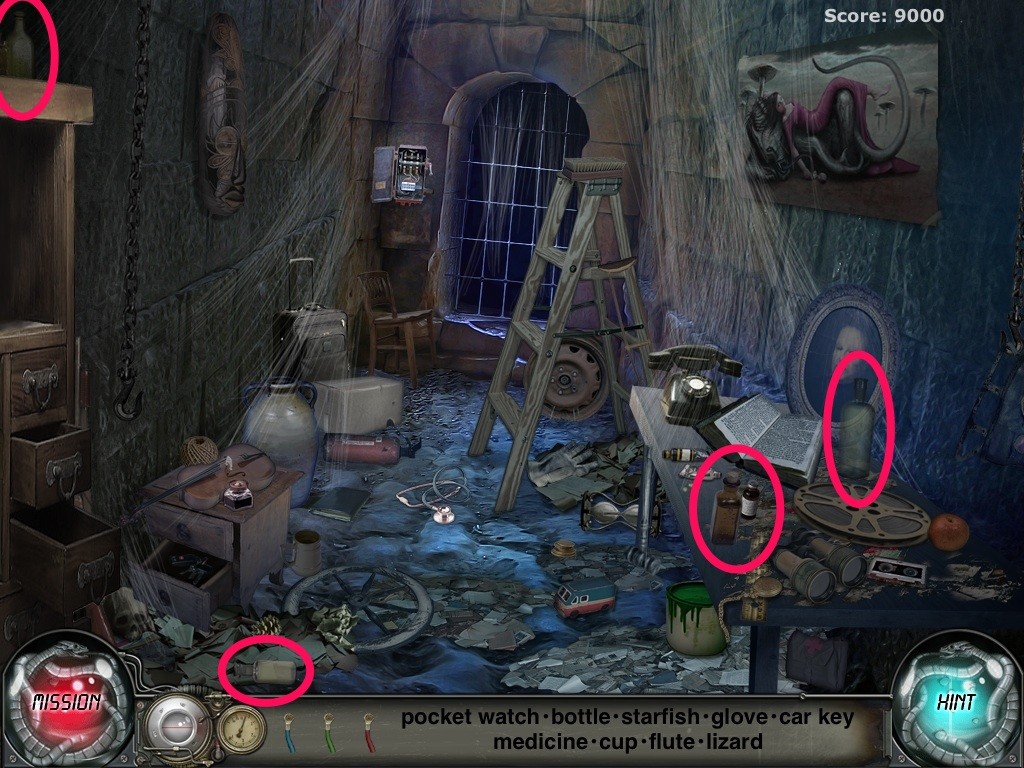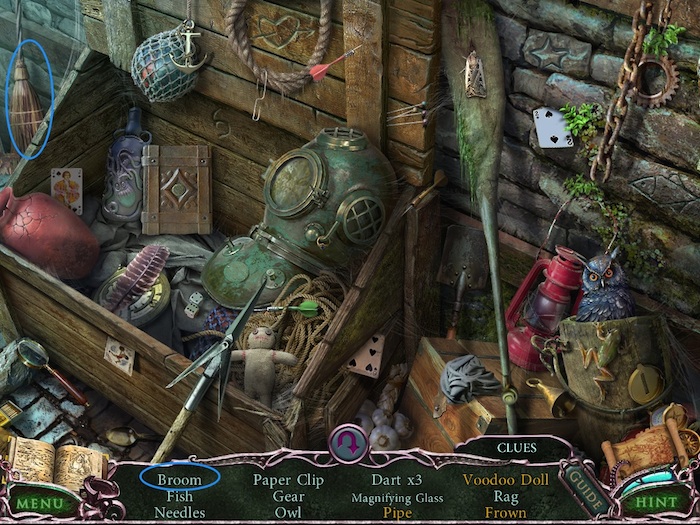Let language-based video games engage students
 ELL students and others who struggle with reading issues feature an uphill battle for skill mastery that’s compounded by the social stigma and real-world functional problem that language deficits present. While they’re trying to learn from textbooks they’re also missing out on social interactions that a) could otherwise bootstrap their skills and b) put them at higher risk for bullying behavior.
ELL students and others who struggle with reading issues feature an uphill battle for skill mastery that’s compounded by the social stigma and real-world functional problem that language deficits present. While they’re trying to learn from textbooks they’re also missing out on social interactions that a) could otherwise bootstrap their skills and b) put them at higher risk for bullying behavior.
Enter the hidden object game.
Why hidden object games?
In hidden object games, players have two concomitant tasks. The overarching point of the game is to solve a specific mystery: rescue a companion, retrieve a MacGuffin, solve a missing persons case. At the same time, in order to solve the mystery, players must search the game-world for useful items, mostly by drilling down into magnified portions of scenes and clicking or tapping on the visual representation of items from a list of words.

As long as the game is well made and compelling, game mechanics — the player’s drive to win the game — make hidden object games great digital tools to support language learning.
Hidden object games are a way for individual students to work on their literacy and vocabulary skills rather than as in-class collaborative exercises. But as one 5th grade teacher commented, they’re exactly right for taking the stigma out of being a student aged for one grade level with the literacy or English skills of someone much younger.
The underlying mechanic of the hidden object game is the object-search scene, in which players match written nouns to their visual representations. Once the objects are located, they’re stored in a player’s Inventory in both visual and written form, handy for review.
In some cases, homonyms are included in scenes. A player might need, for example, to determine which type of “bow” they’re looking for in the scene: a tied piece of ribbon, an archery tool or something used to play a stringed instrument.
The games as a whole can only be won by reading through diary entries, gravestone epitaphs, newspaper clippings, cryptic scrolls and instructional sheets that provide information for you to solve the main mystery.

The games also provide a Hint box of some kind so that when players get stuck, they can get in-game assistance, usually without any type of penalty.
There’s even a subgenre of games based on classic literature, mostly because many of those titles are in the public domain, and thus free for game developers to build on. But for a language learner, playing through Sir Arthur Conan Doyle’s The Hound of the Baskervilles, Poe’s Black Cat, or HP Lovecraft’s In the Mountains of Madness, can provide useful cultural relevance knowledge and possibly make stories accessible in a whole new way.
Tying game progress to language assessment
Assessing a player’s skill improvement with any given hidden object game could be achieved via pre- and post-testing with a simple vocabulary matching sheet, with vocabulary taken from the game. Depending on the age and skill-level of the player, it could be having to write the name of each object next to its picture, drawing lines from picture to vocabulary item, or asking the learner to write out a definition for each term.
Here are some other ideas for assessment:
- Content-based quizzes and written reports, where teachers could ask the students to summarize the story so far in written or oral fashion, or answer questions based on the locations they’ve already visited.
- Having the player create a map of where they’ve been, describing the landscape and a few sentences about each location.
- Creative writing an alternate ending, or free-form writing with characters or settings from the game.
What could be better?
One caveat about these games: some games can be semantically ambiguous, or feature grammatically incorrect instructions or even incorrect object names. (There’s no such thing as a candle-sniffer, Enigmatis. I looked it up to make sure.) I’m still looking for a hidden object game review site that incorporates a game’s suitability for the classroom.

On Wednesday, we’re going to look at some tools that allow students to take the next step in hidden object games: creating their own.



Using hidden object games to support language learning http://t.co/JvLhcxUWAx #vted #edtech
Using hidden object games to support language learning http://t.co/od92i3fvwd
Using hidden object games to support language learning http://t.co/2IBUei6g2c